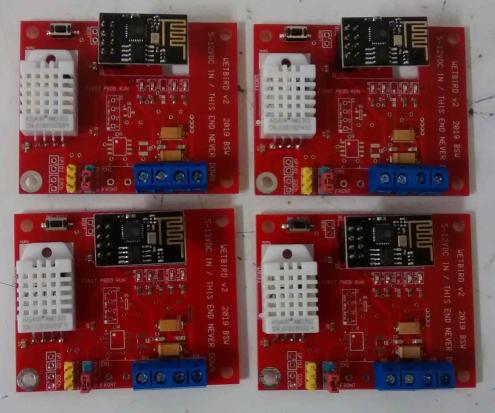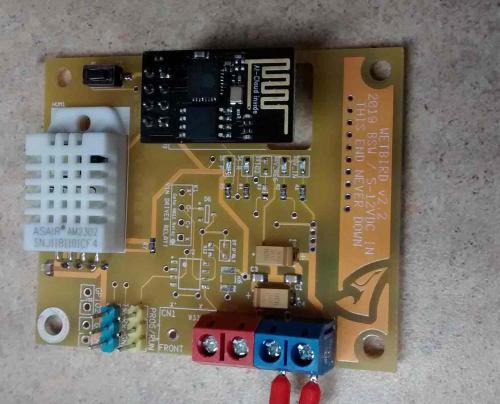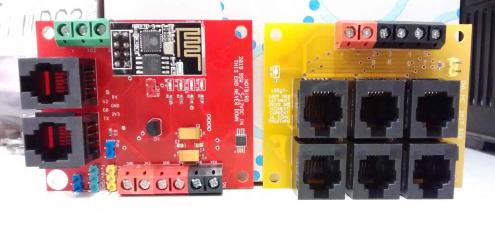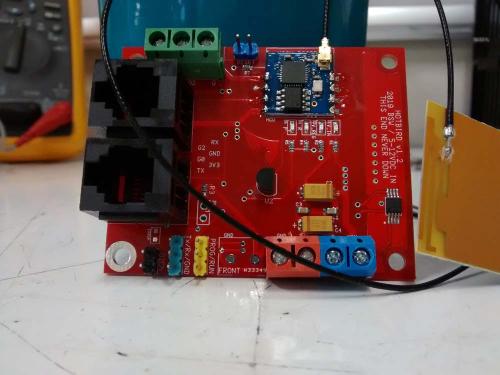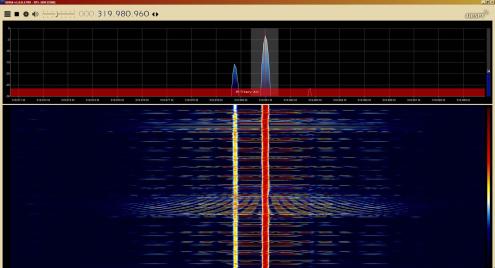- 2022
- Apr
- 3
The “gotchas” of cheap technology.
Some time ago, I had the idea that I’d like to develop something with the popular and inexpensive ESP line of microcontrollers. These offered a mature WiFi stack, a relatively large amount of program space, and were available in many easy to use packages that include a very cost-effective pin header version. I came up with a standardized board, and called them birds because apparently some people believe birds aren’t real and are simply monitoring devices….
The original production run Wetbird device.
Version 2.2, cleaned up a little.
A Hotbird temp device and an OWL expansion board.
A Hotbird using an unobtanium ESP-002.
One of the things that I didn’t do during the development stage is pull the FCC paperwork for the device. Device is kind of a misnomer here, since there are multiple devices and only the chipset in a particular configuration seems to be certified. Had I done that, this probably would have been avoided.
I had designed and deployed a number of different boards to do temperature and humidity testing around the house. When I started to have issues with other systems, there were probably about 10 units operating in various capacities. However…
My first clue that something was amiss was the fact that my garage door opener had started acting up. It being several years old, I blamed age and potentially some new radio equipment installed at a nearby airport. This device operates at 320MHz… The next clue was that my old RF X10 control system had quit responding to the controller, and refused to operate no matter what module or receiver I tried. Since I had NOS devices available, and they didn’t work, I figured there was something amiss here. The X10 devices operate on 310MHz in the USA…
So what had changed? On investigation, I noticed that the signal indicator on the garage door opener was solid on, indicating it was receiving something. I still wasn’t sure what was going on, but I ran into another issue. The humidity sensor I used on the boards, a cheap device commonly available in the hobby market, had started failing. They would quit responding (sometimes!) and come back with a power cycle. I took them offline to try and troubleshoot the problem, and every other system started working again.
On a hunch, I grabbed my cheap SDR stick and set it up to look at the spectrum from about 305-325MHz. And right there it was, a big spur at 319.98MHz. Close enough to the opener’s frequency to kill it, and wideband enough to interfere with the X10 system’s unfiltered receiver. I took the few remaining devices offline and everything went back to normal.
It turns out that there are a number of spurs emitted by the ESP chipset. One of those, the important one for my testing, was right around 319.98MHz. You can view that particular document here: https://fccid.io/2ANHN-ESP8266 but note the device tested doesn’t look anything like the ones available for consumption.
This is a crying shame, because the ESP chipset shows up in many places and is so cheap and easy to use. The next available alternative is the Arduino WiFi devices, but those are fairly expensive at $50ish, and still have certain issues that have been poking around for years.
For now, I’ve shelved that project but have thought about reviving it. The new RP2040 chipset is available with a wired interface for about $10, and while it won’t be as easily deployed as a wireless device, the wired connection insures it won’t have any spurs knocking my garage door opener off the air.
